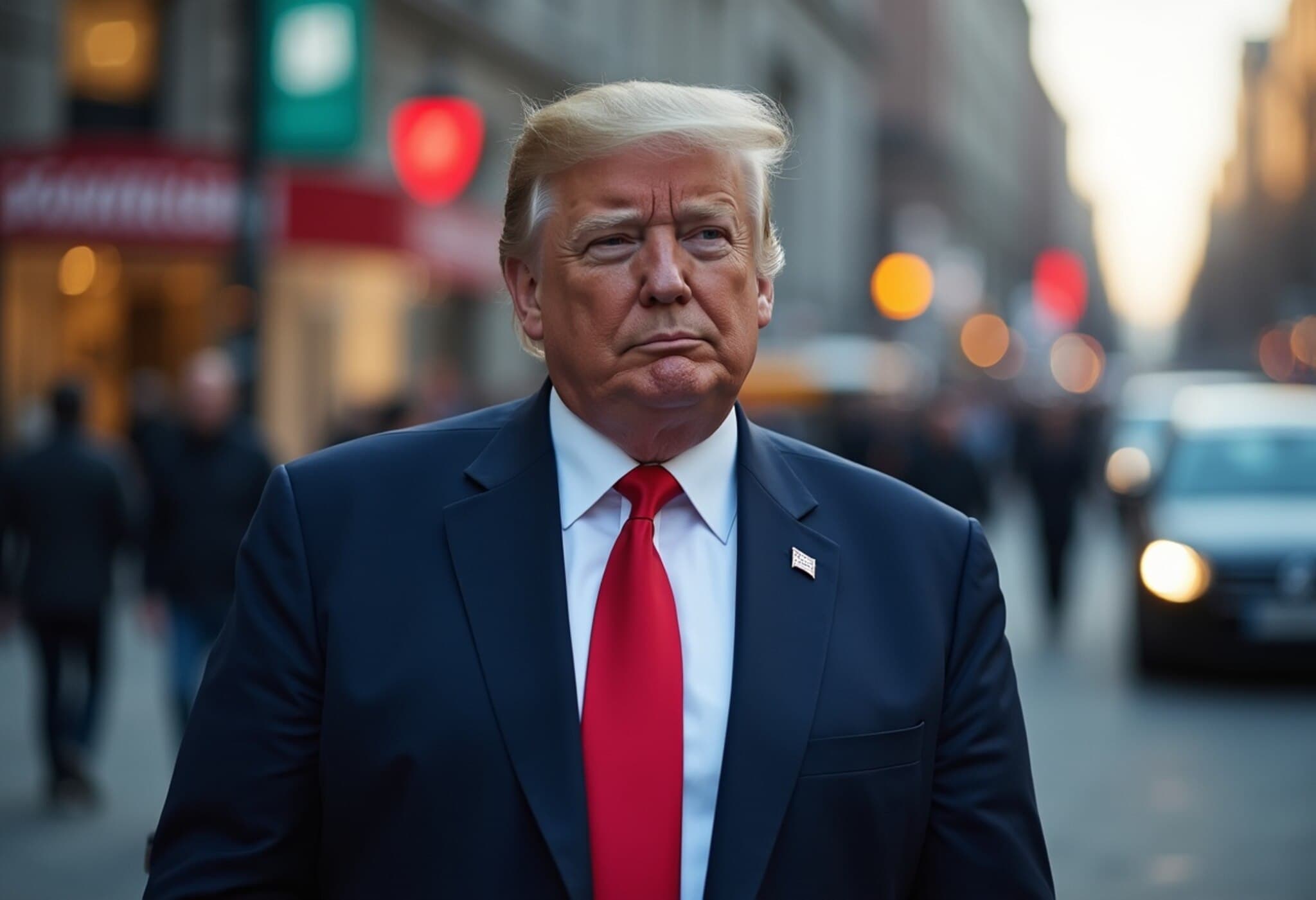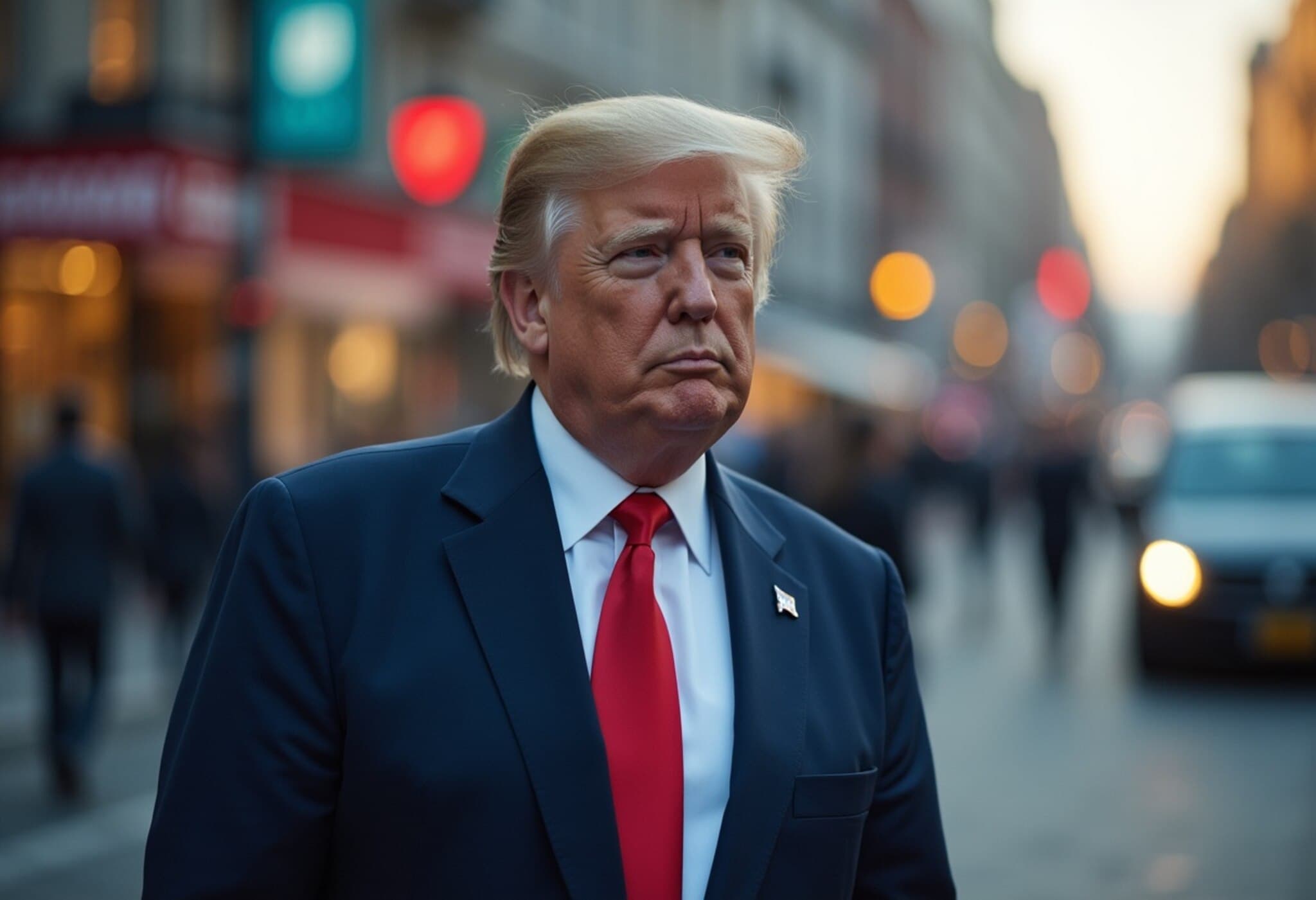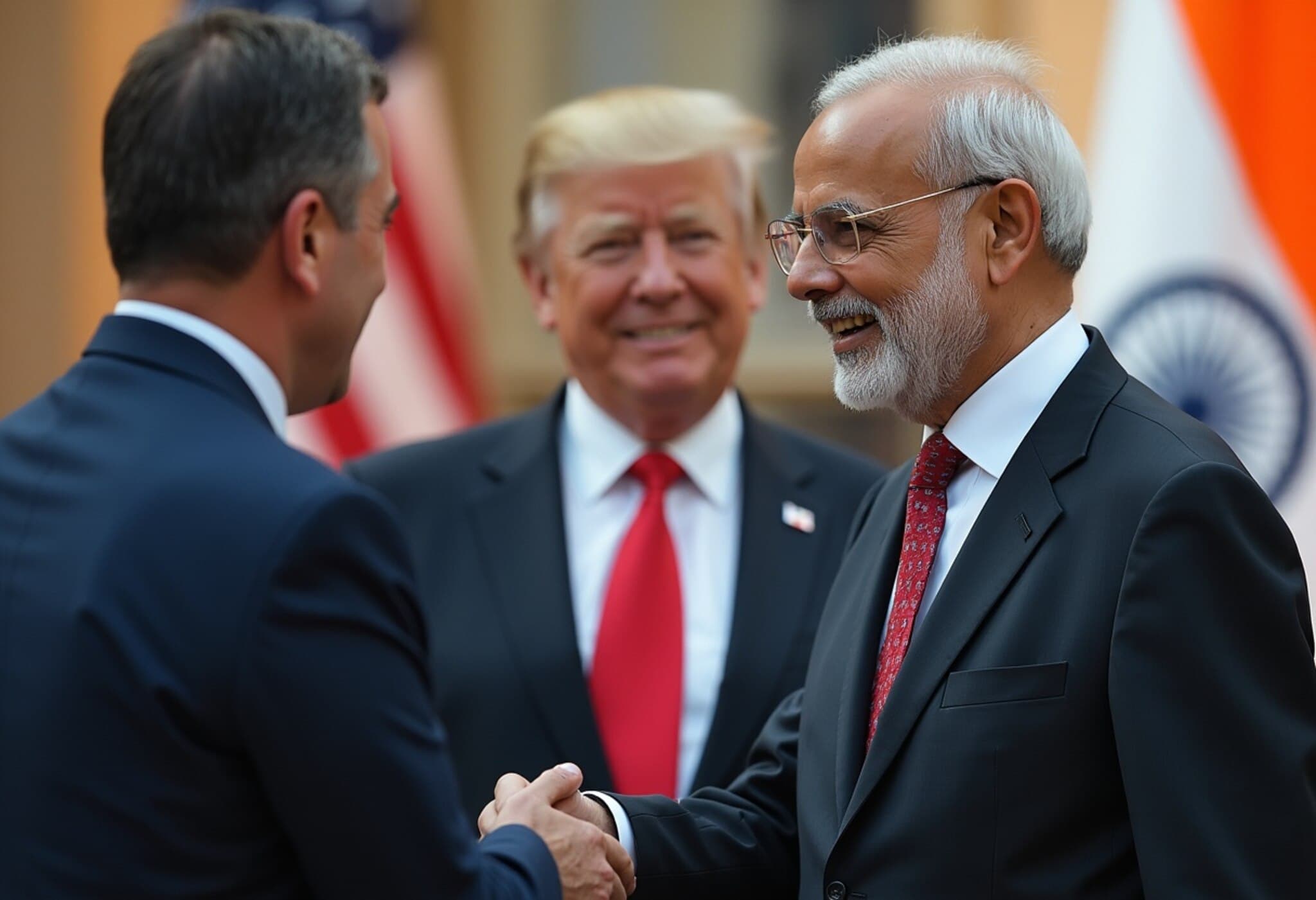US-EU Trade Relations at a Crossroads Amid Threat of Steep Tariffs
As of July 7, 2025, the transatlantic trade relationship, long regarded as the world’s largest and most significant, faces potential upheaval following U.S. President Donald Trump’s announced plans to increase tariffs on European Union imports sharply. This development marks a critical moment in global commerce, with far-reaching economic and political implications.
Background: The Tariff Timeline and Trump’s Escalation
In early April, the Trump administration imposed a 20% import tax on all EU-produced goods, part of a broader strategy targeting trade imbalances. Just hours after the tariffs were enacted, they were suspended and lowered to a 10% rate to ease market anxieties and allow time for negotiations. However, expressing frustration with the EU’s negotiating stance, President Trump recently threatened to escalate the tariff rate up to 50%, a move that could send shockwaves through consumer markets.
For consumers and businesses alike, this could translate into substantially higher prices for a wide range of everyday products—from French cheeses and Italian leather to German electronics and Spanish pharmaceuticals.
Understanding the Scale and Stakes of US-EU Trade
Trade between the United States and the European Union is a colossal economic exchange, often described by the EU Commission as "the most important commercial relationship in the world." In 2024 alone, transatlantic trade in goods and services was worth approximately €1.7 trillion ($2 trillion), averaging about €4.6 billion per day.
- Top U.S. exports to the EU: crude oil, pharmaceuticals, aircraft, automobiles, medical devices
- Top EU exports to the U.S.: pharmaceuticals, vehicles, aircraft, chemicals, wine, and spirits
The Trade Surplus Controversy
President Trump has frequently highlighted the EU’s substantial trade surplus in goods, which reached €198 billion ($233 billion). This surplus suggests American consumers purchase more European-made products than the reverse. However, when it comes to services—including cloud computing, legal services, and travel—the U.S. enjoys a surplus that partially offsets this imbalance, lowering the net trade deficit with the EU to around €50 billion ($59 billion).
Key Points of Contention in Negotiations
Historically grounded in cooperation, U.S.-EU trade relations have cooled in recent years, with tariff rates remaining low—averaging around 1.4%. Yet, recent U.S. policies have imposed hefty levies, such as a 50% tariff on European steel and aluminum imports and 25% on automobiles and parts.
The U.S. administration has cited several barriers it wants addressed, including restrictions based on EU health standards—like bans on chlorine-washed chicken and hormone-treated beef—as well as disparities in value-added tax (VAT) systems. However, European officials argue VAT, which ranges broadly across member states from 17% to 27%, is a domestic tax and not a trade barrier.
“The EU cannot overhaul its internal market regulations simply to satisfy U.S. demands,” said Holger Schmieding, chief economist at Germany’s Berenberg Bank. “Many U.S. demands stem from misunderstandings about EU market dynamics.”
Economic and Consumer Impact of Proposed Tariffs
Experts warn that elevated tariffs will inevitably lead to higher prices for U.S. consumers. Companies importing European products face decisions on whether to absorb costs or pass them onto buyers. For instance, Mercedes-Benz, which locally manufactures part of its U.S. supply, is currently maintaining 2025 model prices but anticipates significant increases ahead.
Similarly, Simon Hunt, CEO of Italian Campari Group, indicated that pricing strategies may vary based on competitors' moves, highlighting the complex interplay of market dynamics amid tariff changes.
Manufacturing Shifts and Long-Term Effects
Trump’s justification for tariffs pivots on revitalizing American manufacturing; however, many economists argue that benefits may take years to materialize and will come at consumer expense in the short term.
Interestingly, some European companies, such as luxury titan LVMH, are contemplating moving production stateside to mitigate tariff impacts. CEO Bernard Arnault warned that failure to reach a sensible deal might force many companies into costly operational shifts, placing the onus on Brussels for any disruption.
What Lies Ahead: Prospects for a Resolution?
Most analysts foresee that while Trump’s most extreme proposals—like 50% tariffs—may not survive intact, a deal before the July 9 deadline could entail a compromise retaining certain tariffs at lower levels. A research review by Brussels-based think tank Bruegel suggested that failure to reach an agreement could shrink European GDP by 0.3% and U.S. GDP by 0.7%, underscoring the economic risk.
Negotiations are expected to be bumpy, with possible exemptions for some products and reciprocal easing of regulations as potential pathways forward.
“Ultimately, American consumers will bear the brunt of this protectionism—even if a deal emerges,” Schmieding cautioned.
Implications for the Broader Global Trade Landscape
This transatlantic standoff raises critical questions about the future of global trade norms, the role of unilateral tariffs, and the balancing act between protecting domestic industries and fostering cooperation among allied nations.
Editor’s Note
The looming prospect of sharply increased U.S. tariffs on European goods symbolizes more than a trade dispute; it reflects the intricate interplay of economics, nationalism, and diplomacy in today's fractured global marketplace. While governments negotiate numbers and regulations, consumers and companies brace for tangible effects in their daily lives and strategic plans. Readers are encouraged to consider:
- How might these tariffs reshape business strategies on both sides?
- What lessons does this tense episode hold for multilateral trade agreements and dispute resolution?
- Could consumer influence motivate more balanced, pragmatic trade policies in the future?
Amid uncertainty, the US-EU trade relationship remains a bellwether for international cooperation – one whose outcome will resonate far beyond the borders of either market.



















